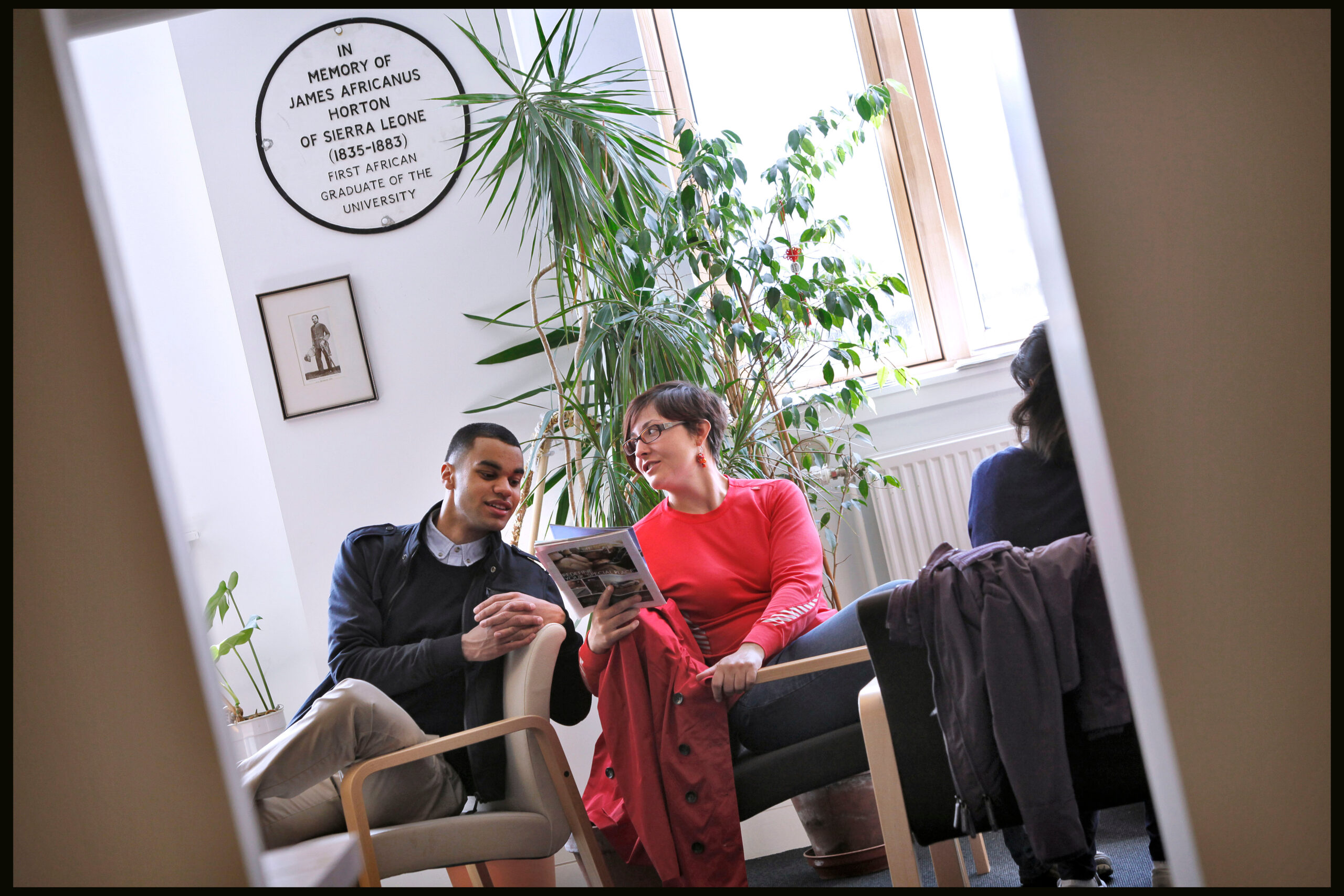
This blog post reflects on the challenges of the student as researcher and the student as public. In 2014, I published a book chapter reflecting on the nature of crowdsourced research (Angus Bancroft, Martina Karels, Órla Meadhbh Murray and Jade Zimpfer (2014) ‘Not Being There: Research At A Distance With Video, Text And Speech’ in Hillyard, S, and Hand, M. Big Data? Qualitative approaches to digital research, Palgrave).
The aim of this chapter was to contribute to a debate in sociology about the possibilities for qualitative research being used with big data. We used it to present our thoughts on the history possibilities for social science research data being produced with the active involvement of members of the public – something that has taken root in the natural sciences and humanities as ‘crowdsourced research’. The research we undertook was conducted with 10 students recruited from the Sociology undergraduate programme.
The project that designed was a distributed video ethnography, which focused on recording naturally occurring situations and observations. The aims of the study were to:
- Develop a proof of concept for a video essay to be used in my Sociology of Intoxication course
- Research students’ intoxication cultures
- Examine a distributed methodology relying on people who are both research participants and researchers
- Produce a documentary on intoxication
I asked student volunteers to collect video data on the themes of digital and intoxication cultures. Students were given a number of tasks to begin with, such as to record intoxication rituals they were involved in. These were based on tasks developed in my course, the Sociology of Intoxication. Students were encouraged to interpret the brief openly. They recorded ‘documentary’ data, conversations with others, and talking head diaries.
There were several challenges to working with students as researchers. The first was ethical. Students were recording themselves and others involved in the situation they were in, often in the act of drinking. They had to be prepared by us in the importance of informed consent and whether it was meaningful in some contexts, such as parties or where people were intoxicated. We also had to ensure students protected themselves by not recording illegal activities or activities that might be embarrassing at a later date. This came to light in producing the final documentary; students were relatively blasé about the possible impact on their public reputation but I was much more concerned as both a lecturer and researcher about the potential effect.
The second was the assumptions that we made about how embedded students are within digital cultures. It is often assumed that students are digital natives, smartphone equipped, and use a common set of platforms to communicate. This neglects the existence of digital divides and differentiation that exists by culture, social class background, nationality and gender. For example, I encourage students to join me on Twitter to share experiences and discuss new issues as they come to light. However not everyone has access to an always-on internet connection, many people are understandably uncomfortable about mixing personal and professional platforms, and some groups such as women are more vulnerable to personal attack online. Therefore we cannot easily assume that students are willing or able to engage with these platforms on the same basis as ourselves – and of course we may also be affected by these issues. Expecting women academics to use social media when especially feminist women experience frequent threats of violence creates difficulties, which stem from the assumption that these platforms are ‘flat’ – equally open and navigable to all.
The process of researching with students is instructive because it challenges the traditional teacher/student binary, in which the two are seen as distinct, discrete categories, the teacher being the holder and gatekeeper of knowledge. Learning from my students’ experiences contributed both to my research agenda and also my understanding of power and knowledge dynamics between us as students and teacher. In this case students contributed to the priorities of the research and the design of the example video essay. I ended up with a better understanding of how students could contribute to teaching and assessment, provided this was done in the right framework which would not privilege students who happened to be more personally confident or digitally savvy.
Next Steps
The research was published as: Angus Bancroft, Mariah Jade Zimpfer, Órla Murray and Martina Karels, ‘Working at Pleasure in Young Women’s Alcohol Consumption: A Participatory Visual Ethnography’, Sociological Research Online, 19 (3), 20.
Further discussion of the student as research paradigm is at Taylor, Paul, and Danny Wilding (2009). “Rethinking the values of higher education-the student as collaborator and producer? Undergraduate research as a case study.” (QAA).



